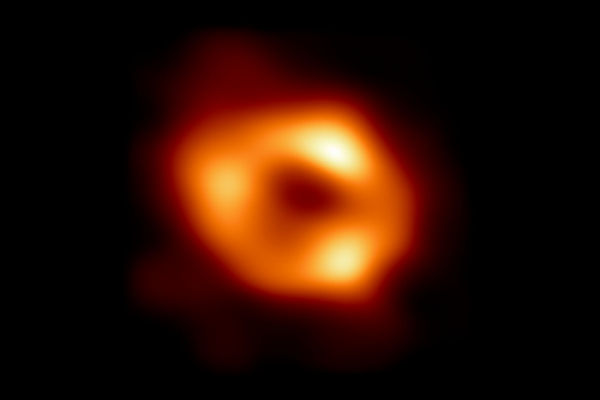A team of University of Illinois Urbana-Champaign researchers led by physics and astronomy professor Charles Gammie is part of a large international collaboration that unveiled the first image of the supermassive black hole at the center of the Milky Way. This result provides evidence that the object is indeed a black hole and yields valuable clues about the workings of such giants, which researchers think reside at the center of most galaxies.
A global team of researchers involved in the Event Horizon Telescope collaboration produced the image using observations from a worldwide network of radio telescopes. The results are published in six papers included in a special issue of The Astrophysical Journal Letters.
Scientists had previously seen stars orbiting around something invisible, compact and very massive at the center of the Milky Way. This observation strongly suggested that the object – known as Sagittarius A star – is a black hole, and the new image provides the first direct visual evidence.
Although we cannot see the black hole, the researchers said glowing gas around it reveals a telltale signature – a dark central region, called a shadow, surrounded by a bright ringlike structure. The new view captures light bent by the powerful gravity of the black hole, which is 4 million times more massive than our sun.
Read more at University of Illinois at Urbana-Champaign, News Bureau
Image: University of Illinois Urbana-Champaign physics professor Charles Gammie and his team contributed to research that produced the first direct visual evidence of the Sagittarius A star, the supermassive black hole at the center of the Milky Way galaxy. (Credit: Image courtesy Event Horizon Telescope collaboration)


